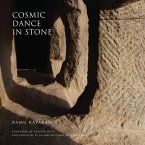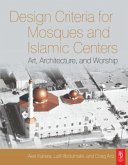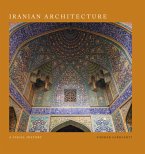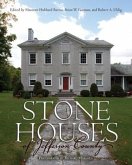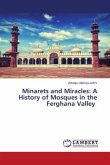Dr. Sr. Yahaya Ahmad and Mauroof Mohamed Jameel have completed a painstaking graphic survey of the now endangered ancient stone mosques of the Maldives, which were built using porite coral stone from the reefs surrounding the island nation. These include exquisitely carved architectural features and detailed lacquer work. Little is known about these mosques, and the purpose of this book was to identify the surviving mosques, their state of condition, the influences in their evolution, and to establish a typology in terms of architectural features. The authors have identified all of the surviving mosques in Maldives and have assessed their condition. They have traced the specific geo-cultural regions in the Indian Ocean that have influenced the evolution of the culture of Maldives and have compared the prominent architectural features of these regions to those of these mosques, defining similarities with structures in the South Asian, East African, Southeast Asian, and Middle Eastern regions. The mosques have been analyzed to identify typological architectural features that establish that the coral stone mosques of Maldives share a simple rectangular or square prayer hall with a combination of antechambers called Dhaala, a unique mihrab, raised coral stone platform, decorated rising steps, tiered roof, coffered ceilings with a recessed area called laage, a post and beam structure, unique arched sliding doors, diagonal lattice work windows, special coral carvings, lacquer work, and calligraphy. These are all carefully detailed in this invaluable research.
Hinweis: Dieser Artikel kann nur an eine deutsche Lieferadresse ausgeliefert werden.
Hinweis: Dieser Artikel kann nur an eine deutsche Lieferadresse ausgeliefert werden.


